I spent 3 months living in Alaska - here are the 7 things people always get wrong about America's biggest state
It's nothing but small towns and villages

Sarah Palin speaks for everyone
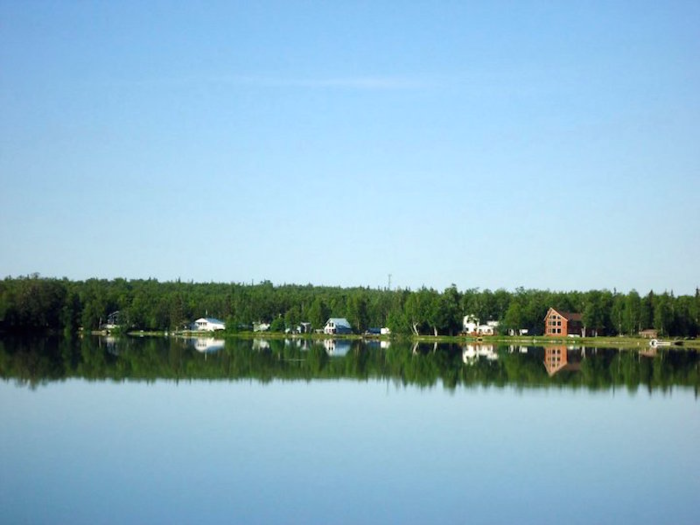
Former Alaska Gov. Sarah Palin put her state on the political map in 2008, when John McCain picked her as his running mate on the Republican presidential ticket.
Although the Wasilla native boasted an approval rating as high as 93% during her first year as governor, her numbers sank as her public image grew, and earned positive marks from only 54% of Alaskans when she resigned in 2009.
By 2014, public approval of Palin among Alaskans was down to just 36%.
TV shows like 'The Deadliest Catch' and 'Ice Road Truckers' depict daily life
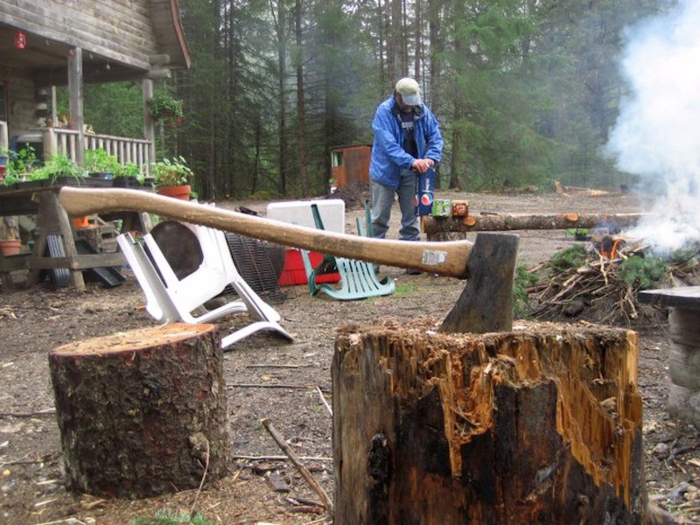
Shows like "The Deadliest Catch" and "Ice Road Truckers" cemented Alaskans' reputation as rugged, wilderness-addicted daredevils.
While Alaskans do pride themselves on their individualism, everyday reality for most people in the state isn't quite as extreme as its depicted on TV. In fact, day-to-day life is a lot like life in the Lower 48, albeit with much prettier scenery.
Alaska is an island
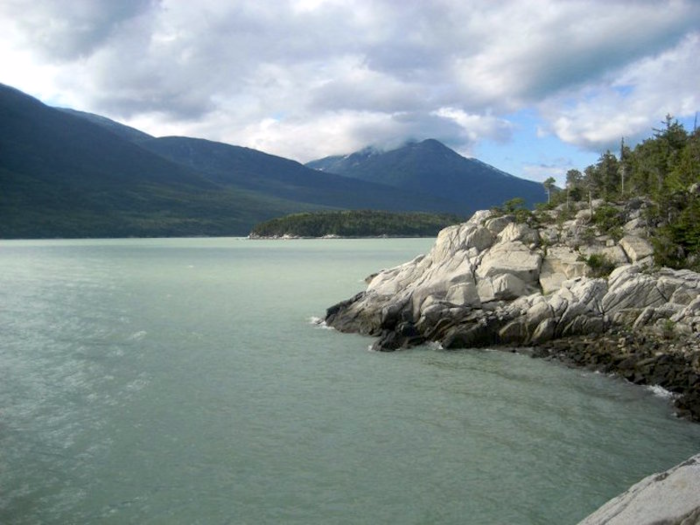
Thanks to maps like this one, an alarming amount of Americans grew up thinking Alaska was an island west of Hawaii.
Of course, Alaska is a peninsula, bordering Canada to the east.
People live in igloos and get around by dogsled
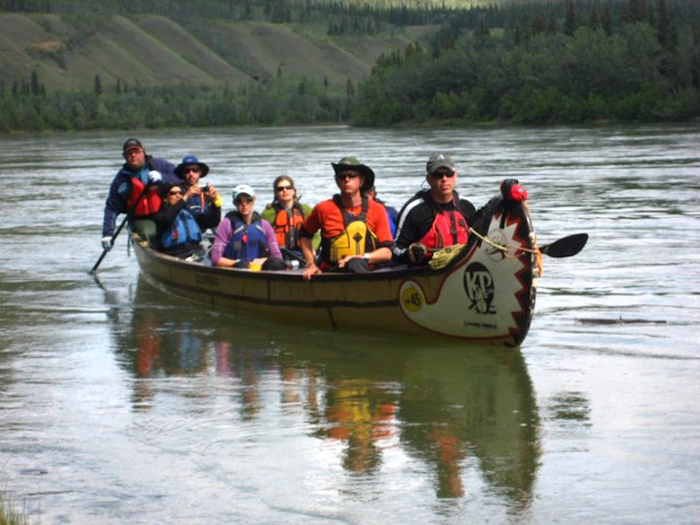
Contrary to what you may have learned in elementary school, the Inuit people of Alaska don't live in igloos, and only use them occasionally during hunting trips.
And as for dogsledding, you'll rarely see it outside the world-famous Iditarod race and tourist excursions that try to recreate the experience.
You have to watch out for polar bears
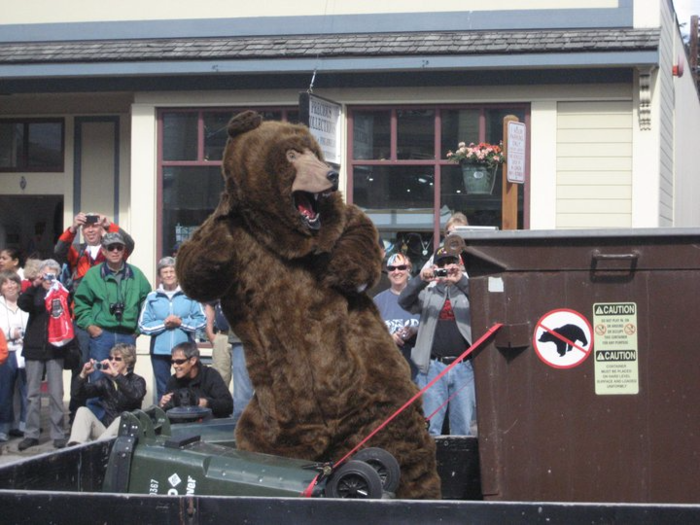
Because of its icy reputation, people often assume polar bears run rampant across Alaska.
In reality, polar bears only live along Alaska's arctic coastlines, far from most human settlements.
A much more common sight is a grizzly bear or a black bear, both of which roam freely throughout the state, at times causing a disturbance when they come into contact with locals.
For that reason, Alaskans know to use "bear-proof" metal garbage containers and often have in their cars a spare bottle of bear spray — that is, an extremely strong pepper spray — in case things get hairy.
It's freezing cold and snowing all the time
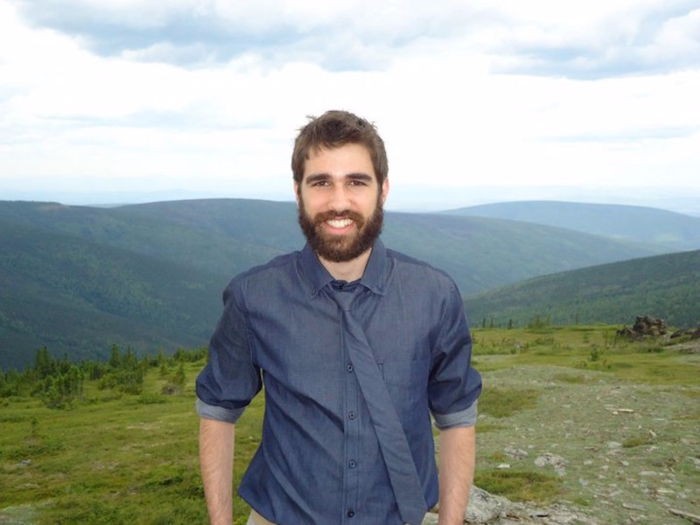
If you ask the average American to summarize Alaska in one word, they'd probably say "cold."
And they'd be right — for much of the year, Alaska's temperatures dip below freezing, and it's common for snow to fall anywhere between October and April.
But outsiders might be surprised to learn that Alaska warms up considerably in the southern months, especially along the southern coast and panhandle. In the hottest stretch of the year, in July and August, temperatures can soar upwards of 70 degrees Fahrenheit in southern towns.
Weather can be even more extreme in the sparsely populated interior of Alaska, where record temperatures on both ends of the spectrum were set. The statewide record low of -80 degrees Fahrenheit occurred in Prospect Creek, while the record high of 100 degrees was set in Fort Yukon.
Popular Right Now
Popular Keywords
Advertisement